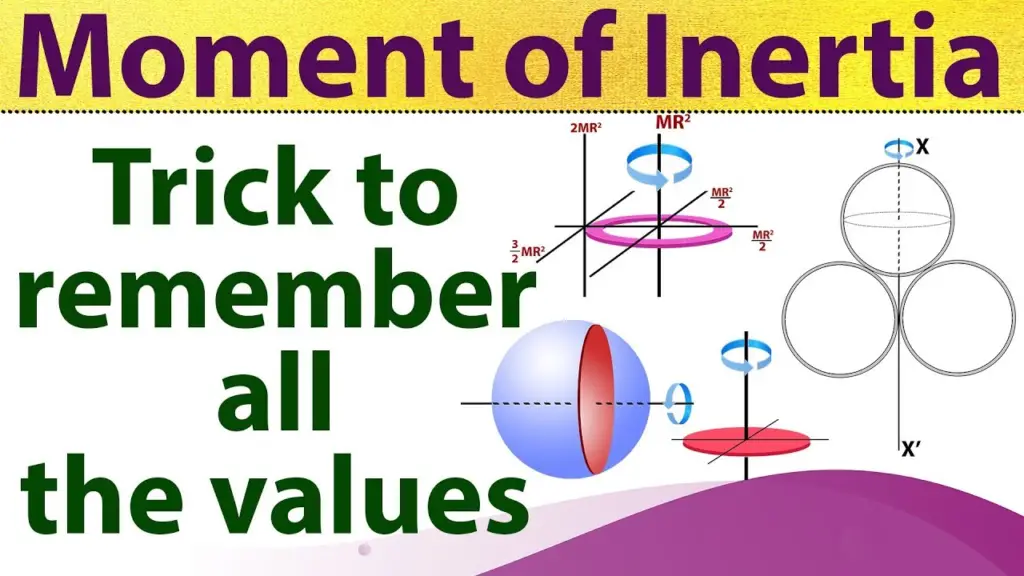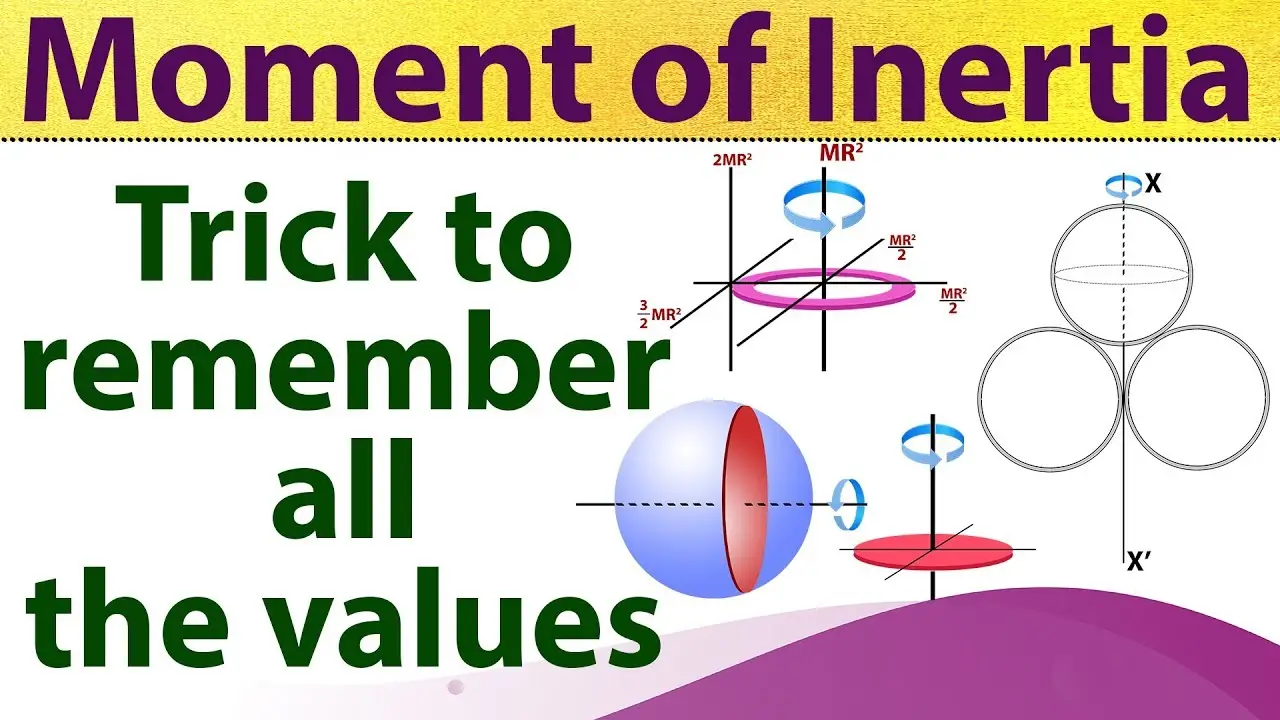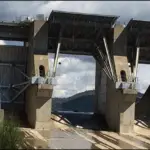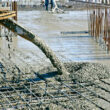The field of civil engineering involves the design and construction of infrastructure projects such as roads, bridges, and buildings. A crucial concept for engineers to understand is the area moment of inertia (AMI), which plays a vital role in determining the strength and stiffness of structural components. This article will provide a comprehensive understanding of AMI, including its definition, significance, applications, and calculation methods.

What is the Area Moment of Inertia?
The area moment of inertia, also known as the second moment of area or the moment of inertia of plane area, is a mathematical property of a cross-sectional shape that describes its resistance to bending and torsional stress.
It is an essential factor in determining the structural performance of beams and columns, as well as other components under load. The area moment of inertia is typically denoted by the letter ‘I.’ To calculate the area moment of inertia, one can use various tools and methods, such as the centroid calculator or more specifically, a centroid calculator designed for area moments of inertia.
Significance of the Area Moment of Inertia in Civil Engineering
The area moment of inertia is crucial in civil engineering for several reasons:
- Beam and Column Design: The AMI is a vital parameter in designing beams and columns that are capable of withstanding the required loads. It enables engineers to determine the optimum shape and size of structural elements while maximizing their resistance to bending and torsional stresses.
- Structural Stability: Understanding the area moment of inertia is essential for ensuring the stability of structures. A higher AMI value indicates greater resistance to deformation and buckling, which is critical in tall buildings, long-span bridges, and other structures subjected to significant loads.
- Material Efficiency: The AMI helps engineers optimize the use of materials in their designs. By selecting cross-sectional shapes with higher AMI values, engineers can reduce material consumption without compromising the strength and stiffness of the structure.
Also Read: Flexural Stresses, Flexural Formula, Definition
Factors Influencing the Area Moment of Inertia
The area moment of inertia of a shape depends on its geometry and the distribution of material within its cross-section. The following factors have a significant impact on the AMI:
- Shape: The geometry of a cross-sectional shape plays a vital role in determining its area moment of inertia. Shapes with more material further from the centroid, such as I-beams and hollow sections, tend to have higher AMI values.
- Material Distribution: The way the material is distributed within a cross-sectional shape also affects its AMI. Structures with more evenly distributed material tend to have higher AMI values, while those with concentrated material closer to the centroid have lower values.
- Orientation: The area moment of inertia is dependent on the axis about which it is calculated. For asymmetrical shapes, the AMI will vary depending on the orientation of the shape relative to the axis.
Also Read: Structural Design of Dome – Hoop, Meridian and Bending Stresses
Common Cross-Sectional Shapes and their Area Moments of Inertia
Various cross-sectional shapes are used in civil engineering, each with different area moments of inertia. Some common shapes and their respective AMI equations include:
a. Rectangular Section: The area moment of inertia of a rectangular section, with base ‘b’ and height ‘h,’ about its centroidal axis is given by:
Like Us on Facebook!
I = (b × h^3) / 12
Subscribe Us on YouTube!
b. Circular Section: The area moment of inertia of a solid circular section, with radius ‘r,’ about its centroidal axis is given by:
I = (π × r^4) / 4
c. Hollow Circular Section: The area moment of inertia of a hollow circular section, with outer radius ‘R’ and inner radius ‘r,’ about its centroidal axis is given by:
I = (π × (R^4 – r^4)) / 4
d. I-Beam Section: The area moment of inertia of an I-beam section, with flange width ‘b’, flange thickness ‘t’, and web height ‘h,’ about its centroidal axis is given by:
I = (b × h^3) / 12 – (b – 2t) × (h – 2t)^3 / 12
Calculating the Area Moment of Inertia
Calculating the area moment of inertia for complex shapes can be challenging. Engineers often use the following methods to determine the AMI:
a. Direct Calculation: For simple geometric shapes like rectangles and circles, the area moment of inertia can be calculated directly using the equations mentioned earlier.
b. Parallel Axis Theorem: The parallel axis theorem allows engineers to calculate the area moment of inertia of a complex shape by breaking it down into simpler constituent shapes. The theorem states that the area moment of inertia of an object about an axis parallel to its centroidal axis is equal to the sum of the area moments of inertia of its constituent shapes about their respective centroidal axes and the product of their respective areas and the square of the distance between the two axes.
I_total = I_1 + A_1 × d_1^2 + I_2 + A_2 × d_2^2 + …
where I_total is the total area moment of inertia, I_1 and I_2 are the area moments of inertia of the constituent shapes about their centroidal axes, A_1 and A_2 are their respective areas, and d_1 and d_2 are the distances between the centroidal axes of the constituent shapes and the axis of interest.
c. Software Tools: Engineers can use specialized software tools to calculate the area moment of inertia for complex shapes. These tools can handle intricate geometries and perform calculations efficiently, reducing the risk of errors.
Also Read: Flexural Stresses, Flexural Formula, Definition
Area Moment of Inertia in Design Codes
The area moment of inertia is an essential parameter in various design codes and standards, including the American Institute of Steel Construction (AISC), the American Concrete Institute (ACI), and Eurocode. These codes and standards provide guidelines for determining the minimum required area moment of inertia for different structural elements, such as beams and columns, to ensure their stability and performance under various loads.
Conclusion
The area moment of inertia is a critical concept in civil engineering that plays a crucial role in determining the strength, stiffness, and stability of structural elements. Understanding AMI and its applications is essential for civil engineers to design efficient and safe structures. By mastering the calculation methods and implementing AMI in their designs, engineers can optimize material usage and ensure the long-term performance of their infrastructure projects.




















